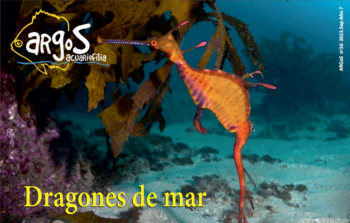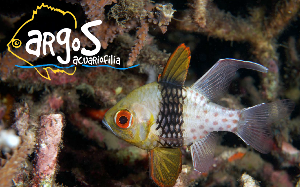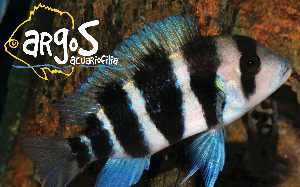Apistograma cacatuoides, mantenimiento y reproducción
Autor: Jose Maria Cid RuizResumen
A. cacatuoides (Hoedemann,1951) es una multicolor especie de cíclido enano suramericano, que fue erróneamente identificada como A. borelli durante bastante tiempo (U. Werner, 2001). Originario de la región Ucayali, en el corazón de la Amazonía peruana, el “apistogramma cacatúa” o “apistogramma crestado” ha sido y todavía continúa siéndolo, una de las especies con más adeptos entre los “ciclidófilos”. No es difícil de entender. A su tractiva apariencia, la especie une un carácter pacífico que habilita su convivencia con otras especies y una etología interesante. A. cacatuoides, es una especie relativamente fácil de mantener y de reproducir. Presenta una amplia gama cromática y un interesante repertorio de patrones de comportamiento que explican claramente la fascinación que esta especie y por extensión el resto de las 89 especies (Fishbase, 2019) de “cíclidos enanos” o “dwarf cichlids” ejercen sobre los acuaristas.
Abstract
A. cacatuoides (Hoedemann, 1951) is a multicolored South American dwarf cichlid species, which was erroneously identified as A. borelli for quite some time (U. Werner, 2001). Native to the Ucayali region, in the heart of the Peruvian Amazon, the «apistogramma cacatua» or «apistogramma crestado» has been, and still is, one of the most popular species among «cichlidophiles». It is not difficult to understand. In addition to its tractive appearance, the species has a peaceful character that allows it to coexist with other species and an interesting ethology. A. cacatuoides is a relatively easy species to keep and to reproduce. It presents a wide chromatic range and an interesting repertoire of behavioral patterns that clearly explain the fascination that this species and by extension the rest of the 89 species (Fishbase, 2019) of «dwarf cichlids» or «dwarf cichlids» exert on aquarists.




